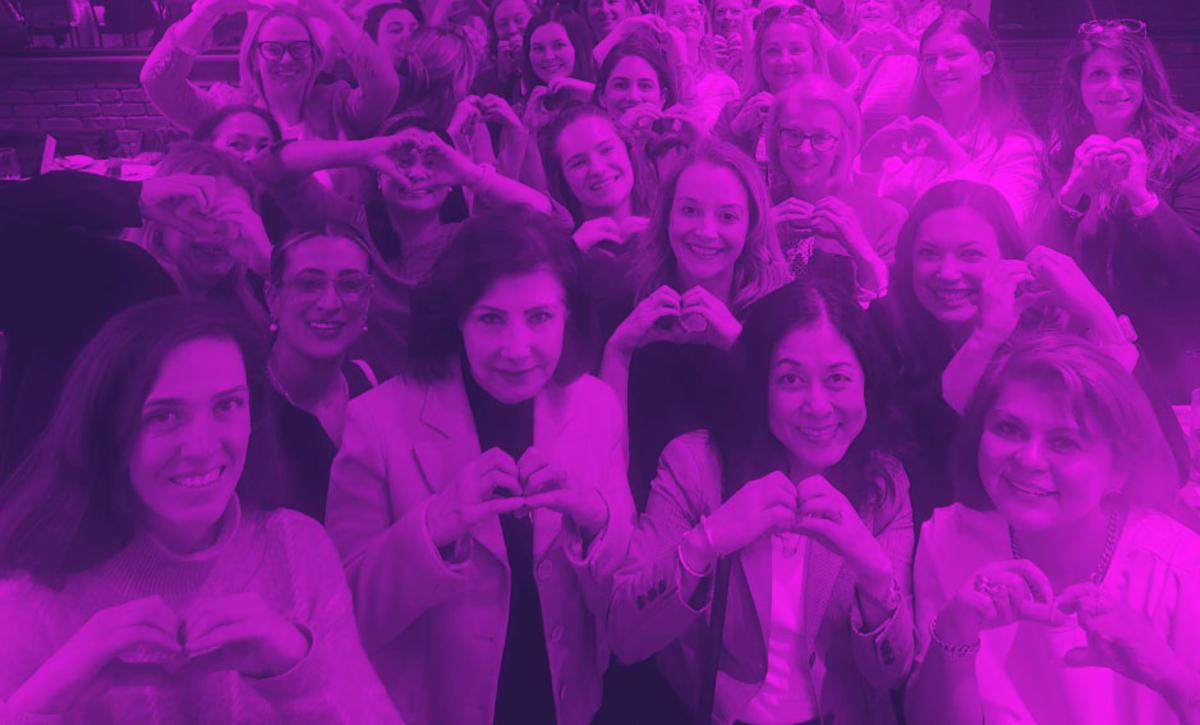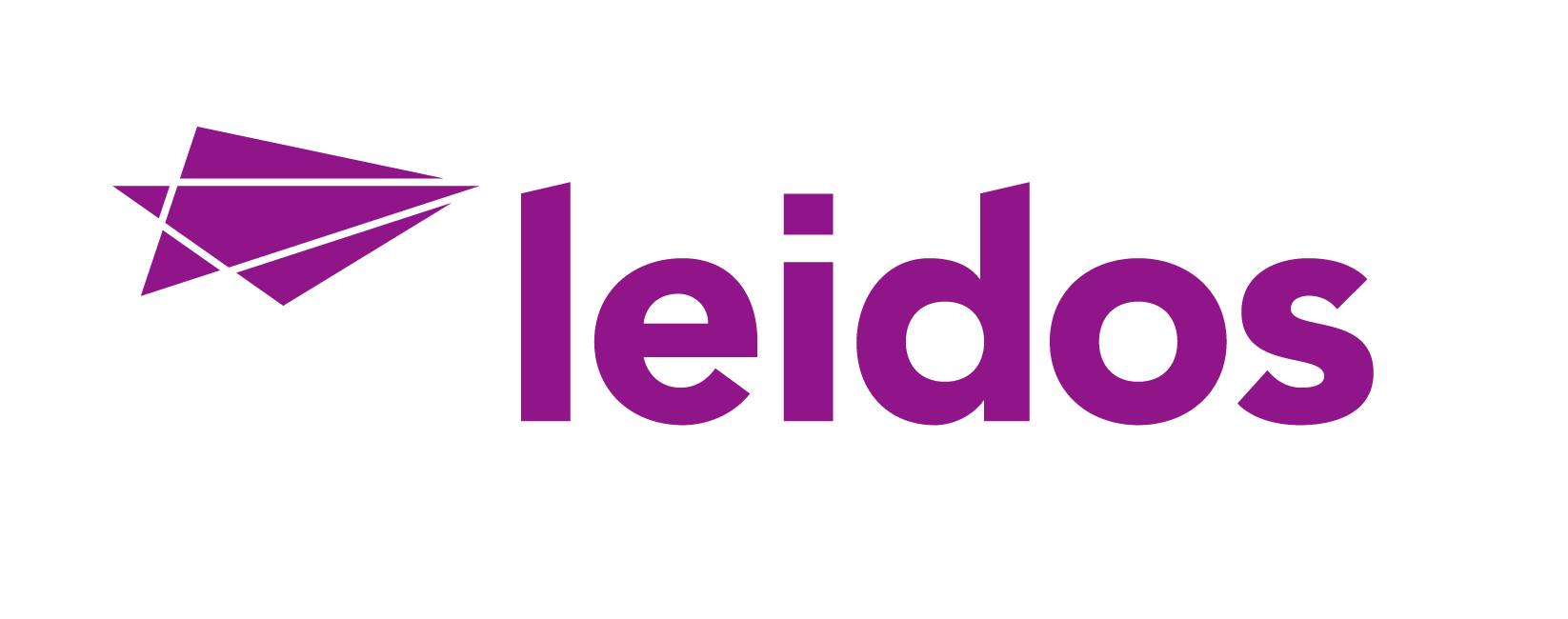Leidos Innovates the Industry Through Inclusion of Women

Written by Mackenzie Hicks
The importance of a diverse team is rarely disputed in any industry. Most large companies, agencies and organizations agree on the importance of different voices and perspectives in critical decisions, but in the STEM (science, technology, engineering and mathematics) fields, diversity is still lagging.
According to research from the Society of Women Engineers, the percentage of women working in engineering has grown at a slow pace — 5% in the 1980s to 16.7% in 2023. While this illustrates some progress, female workers in those fields are still outnumbered by their male peers. And, the gender gaps are particularly high in future-proof, often well-compensated fields like computer science and engineering. So, how do organizations build a more diverse workforce?
Since its inception, Leidos has valued and fostered the importance of inclusion. Listing it as one of its six values, the company strives to ensure its workforce is representative of the world around it more so than the various industries it operates in, including IT, national security and health.
All of this work has led to Leidos outperforming national numbers of women in the engineering field. The company's workforce is 35% female, with 20% of those women being in technical positions and 18% in engineering jobs. Those numbers have paid off for Leidos, which has been consistently recognized in Employer of Choice rankings, including Newsweek’s 2023 and 2024 America’s Best Workplaces for Women and Forbes’ 2023 America’s Best Employers for Women.
A driving force for inclusion
However, the company believes the payoff is more than recognition; Leidos sees the women in its organization as the driving force continuing its promise of inclusion – especially when it comes to what women bring to the table and how they innovate the business itself.
L’Shaun Powell, a portfolio execution lead, worked in construction before joining Leidos. As one of only two women to major in civil engineering with a focus in construction at the Catholic University of America, Powell found herself in a field that is still primarily dominated by men after graduation.
While Powell uses her previous experience to make Leidos better, others carved out their own path within the company.
After three years of working at a remote shipyard in Canada, Survivability Department Manager Maggie Nate was called back to Washington, D.C., and she found herself unsure of where she fit in.
“I didn’t belong to a traditional engineering department given my remote customer location previously, and there wasn’t a specific discipline that covered my field of surface ship survivability,” Nate said.
Nate wasn’t alone. She and another female employee who had the same concern met with senior leaders to discuss a plan they developed to create a new, specialized department. Four years later, the department has more than 42 unique programs and comprises almost 40% women.
“The two of us standing up the department, managing it in tandem with starting our own families, and being able to inform hiring and mentoring to include multidisciplinary engineers, such as ourselves, has been an incredibly rewarding experience,” Nate said.
Inclusion as a retention strategy
While the hiring of women engineers has risen, like its peers across various industries, Leidos is focused on the troubling issue of retention.
“In a male-dominated field, women engineers tend to have a difficult time finding their way in the workplace. It is a culture historically built by men, the paths have been decided by men, and expectations are driven by men,” said Tiffany Creamer, a portfolio business manager at Leidos.
The Society for Women Engineers lists retaining diverse and talented women in the field as a priority; their data shows that of women who received their degrees 11 to 15 years prior to 2021, only 26.8% of women remained working in engineering disciplines. Male engineers held steady at 41%.
Creamer sees opportunity, though, when women are invited to re-engineer the culture. Her coworkers agree.
For Vice President of Land Systems Growth Elizabeth Robertson, connection is key to retention and building a culture that is committed to inclusion and representation.
“I think, sometimes, those of us who have been in the field for a while forget how intimidating that first class or meeting was when you were the only person who looked like you in room. Reaching out to younger engineers who may be the minority because they are women — or for any other reason — is how we encourage inclusiveness,” Robertson said.
Overall, the women working at Leidos are thankful to be working in an environment where inclusion is a priority.
“Collaborating with diverse teams fuels innovation. Embracing inclusion in technology ignites creativity and drives pioneering solutions forward,” said Lauren Lawson, a software engineer for Leidos U.K.

